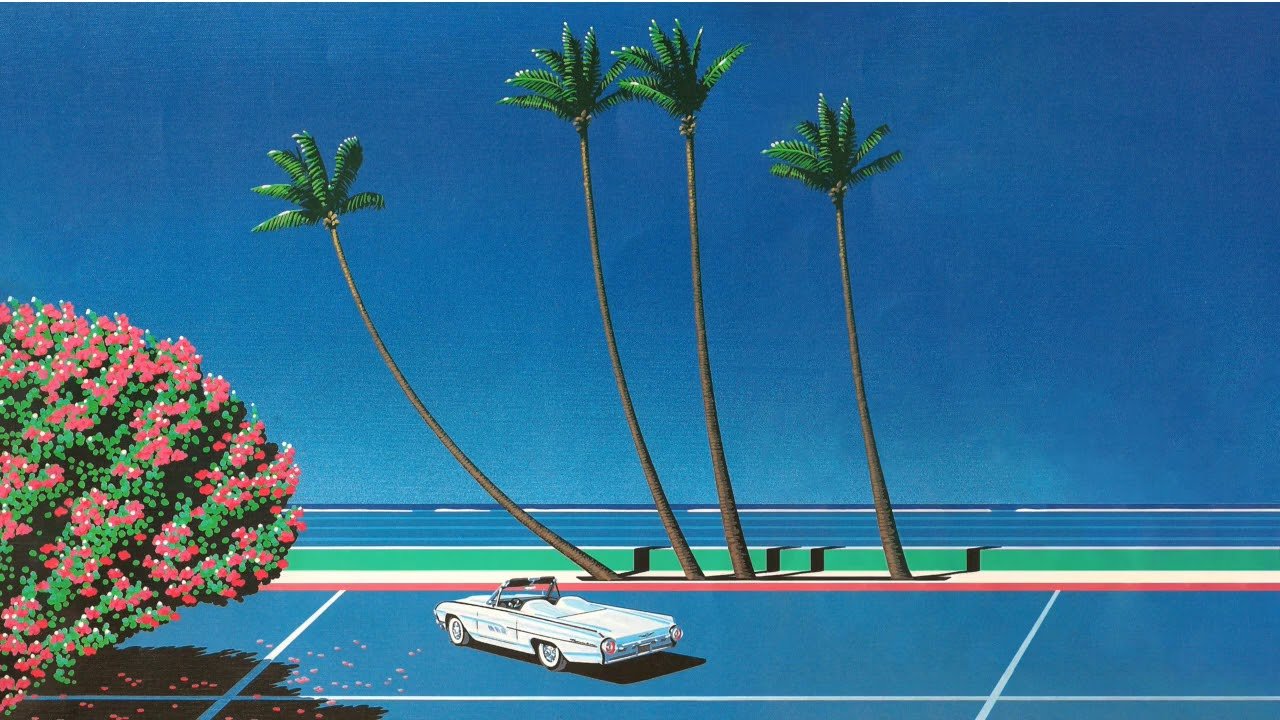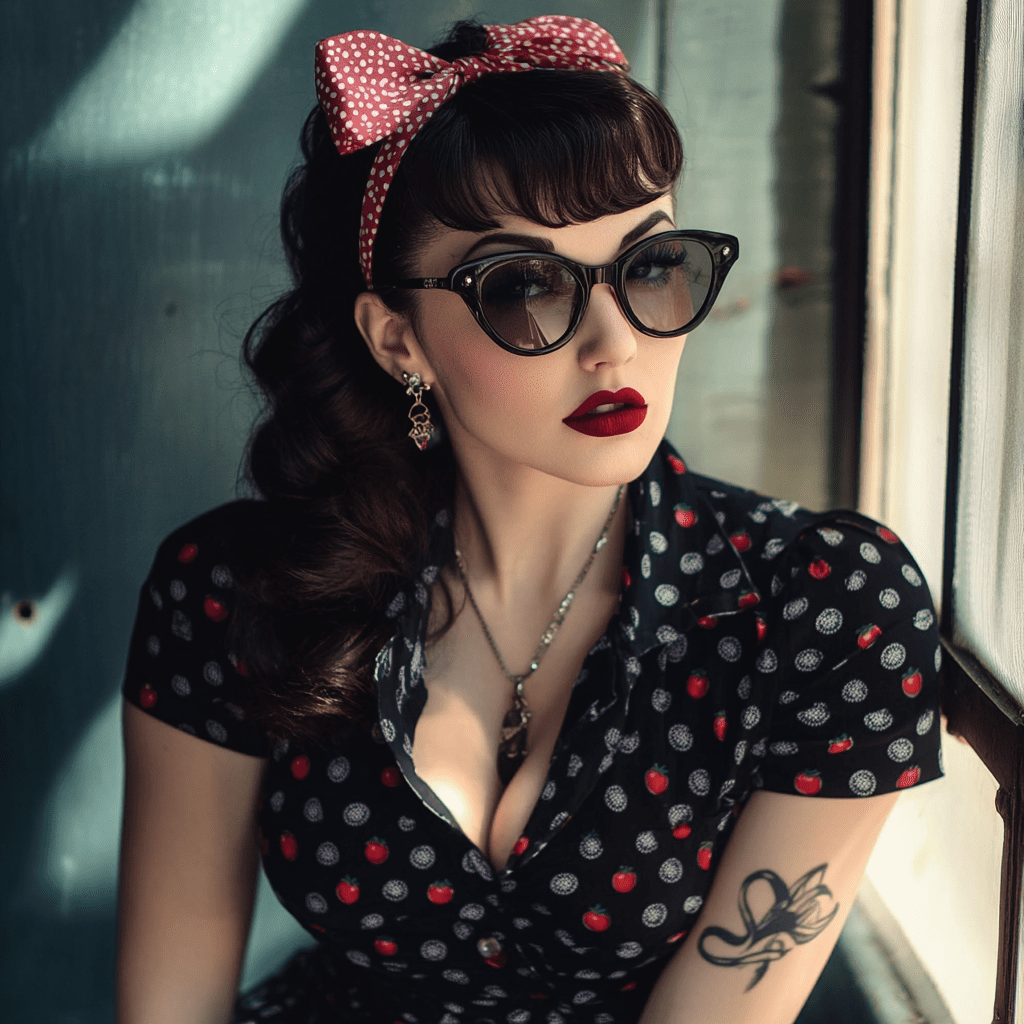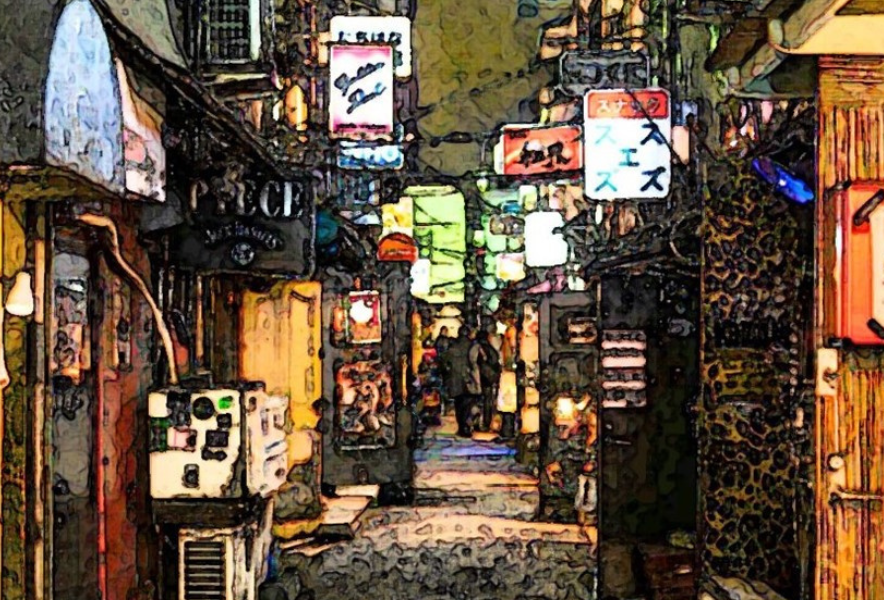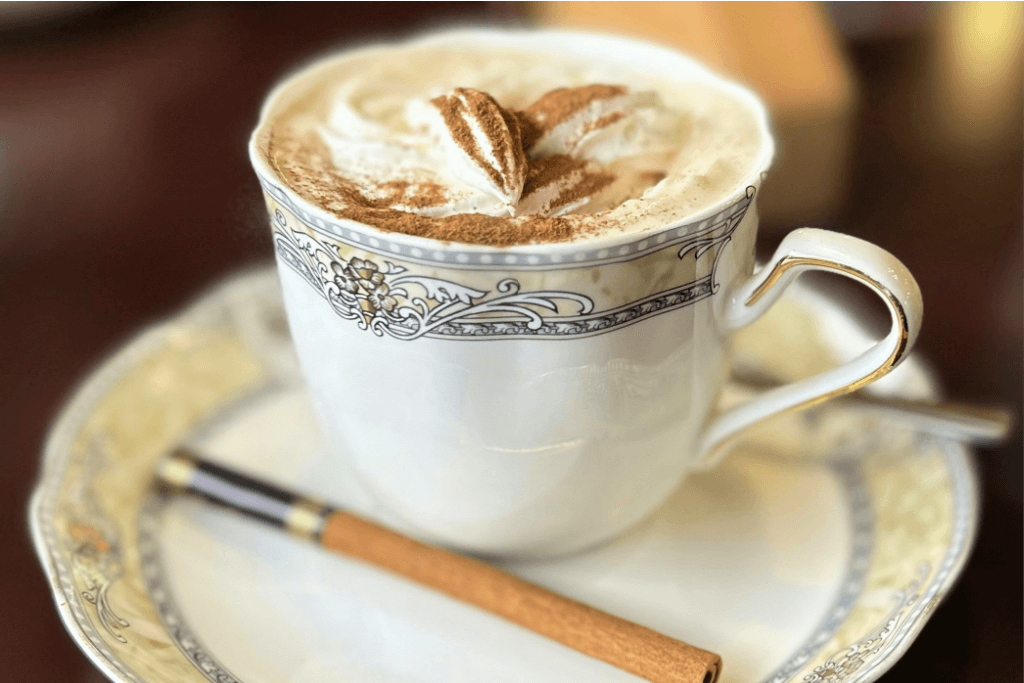- Japanetic
- Posts
- Japanese Americana
Japanese Americana
How Japan made American culture its own through fashion, bars, cafés, and gangs.
Japan is arguably the most Americanized country outside of North America, yet it's also the nation that has most uniquely adapted American culture into its own identity.
Let me explain...
American cultural influence typically manifests in two ways:
Direct imports (McDonald's, Disney)
Local fusion (incorporating American elements into existing cultural frameworks)
While the first approach is ubiquitous worldwide, the second takes time to develop and varies by region.
For instance, France didn't develop local burger chains featuring regional cheeses until the 2010s, despite McDonald's arrival in the 1980s.
But Japan's case is unique.
Due to post-WWII American occupation, Japan experienced earlier and more profound Americanization.
Let’s look at a few examples.
Japanese americana menswear
Beyond Japanese denim, I’ve written about previously, there's an entire fashion subculture dedicated to American-style clothing.
Japanese Americana uniquely combines classic American workwear and vintage aesthetics with renowned Japanese craftsmanship and attention to detail.
During the occupation, American soldiers introduced various cultural elements, including fashion, to Japanese society. Young Japanese were particularly drawn to American workwear's rugged, masculine aesthetic, viewing it as a counterpoint to traditional Japanese fashion.
Today, several Japanese brands are celebrated among menswear enthusiasts.
During my recent Japan trip, I visited various shops, with The Real McCoy's standing out as exceptional.
Their pieces embody American style with unprecedented quality – worth visiting even for casual fashion observers.

Bōsōzoku: Japanese rockabilly bikers
Bōsōzoku (暴走族, "reckless driving group") emerged in the 1950s as a youth subculture centered on customized motorcycles and rebellious behavior.
While developing its distinct style, it drew significant inspiration from contemporary American rockabilly culture.

Japanese rockabillies

Bōsōzoku
Snack bars with speakeasy aesthetics
Japanese snack bars (スナック, “snack”) are intimate drinking establishments that often channel the secretive ambiance of Prohibition-era American speakeasies.
Typically tucked away in narrow alleys or hidden spaces, they feature subdued lighting and casual atmospheres.

Typical speakeasy aesthetics

Rocking chair bar in Kyoto
Kissaten: retro-style japanese cafés
Kissaten (喫茶店, “tea-drinking shop”), classic Japanese cafés, gained popularity during the Showa era (1926-1989) as relaxation and social spaces.
These establishments often feature Western-inspired furnishings reminiscent of mid-20th century American diners,
complete with wooden tables and cushioned booths.
They maintain a nostalgic atmosphere while focusing on traditionally brewed coffee and light meals.






